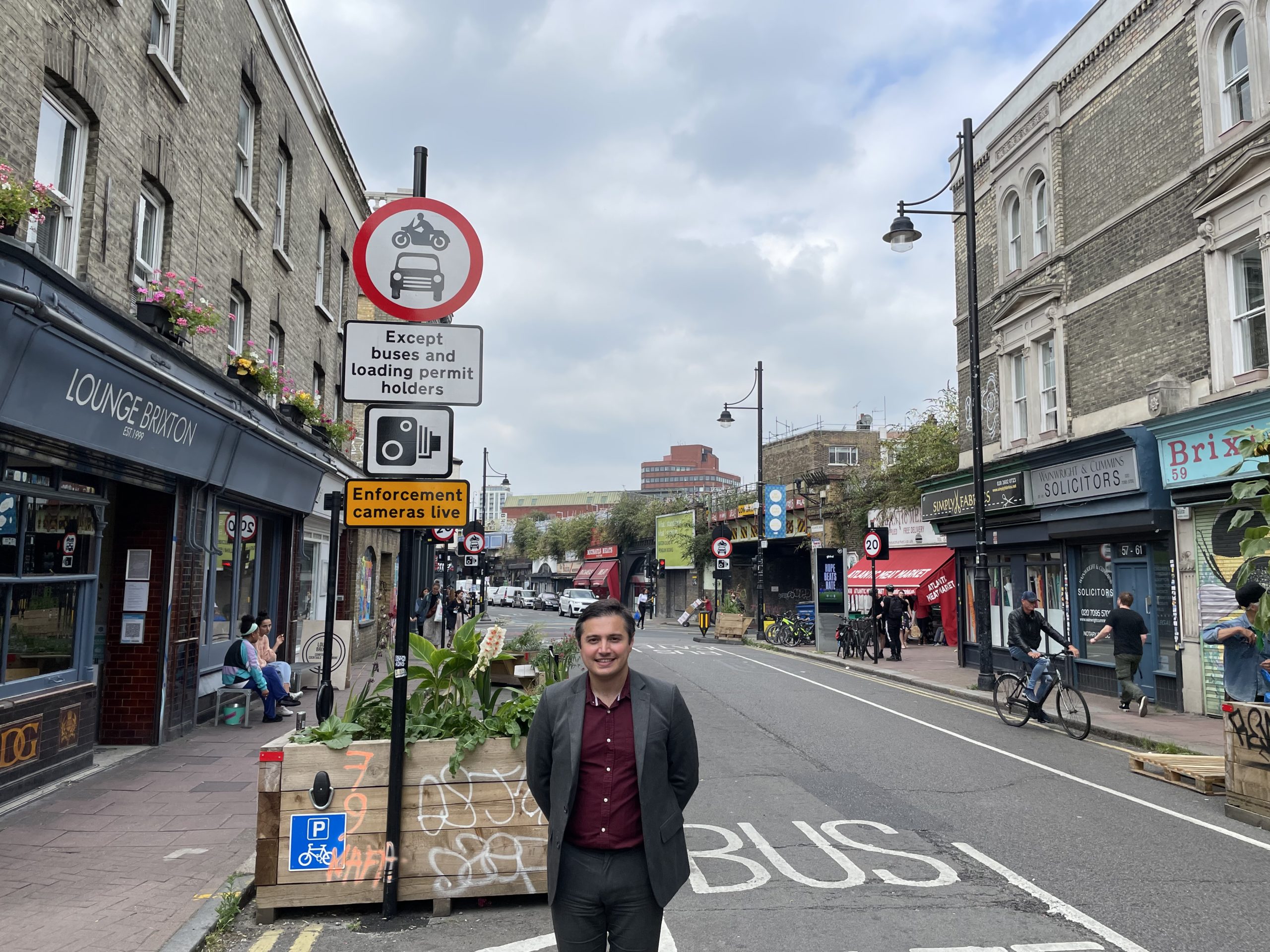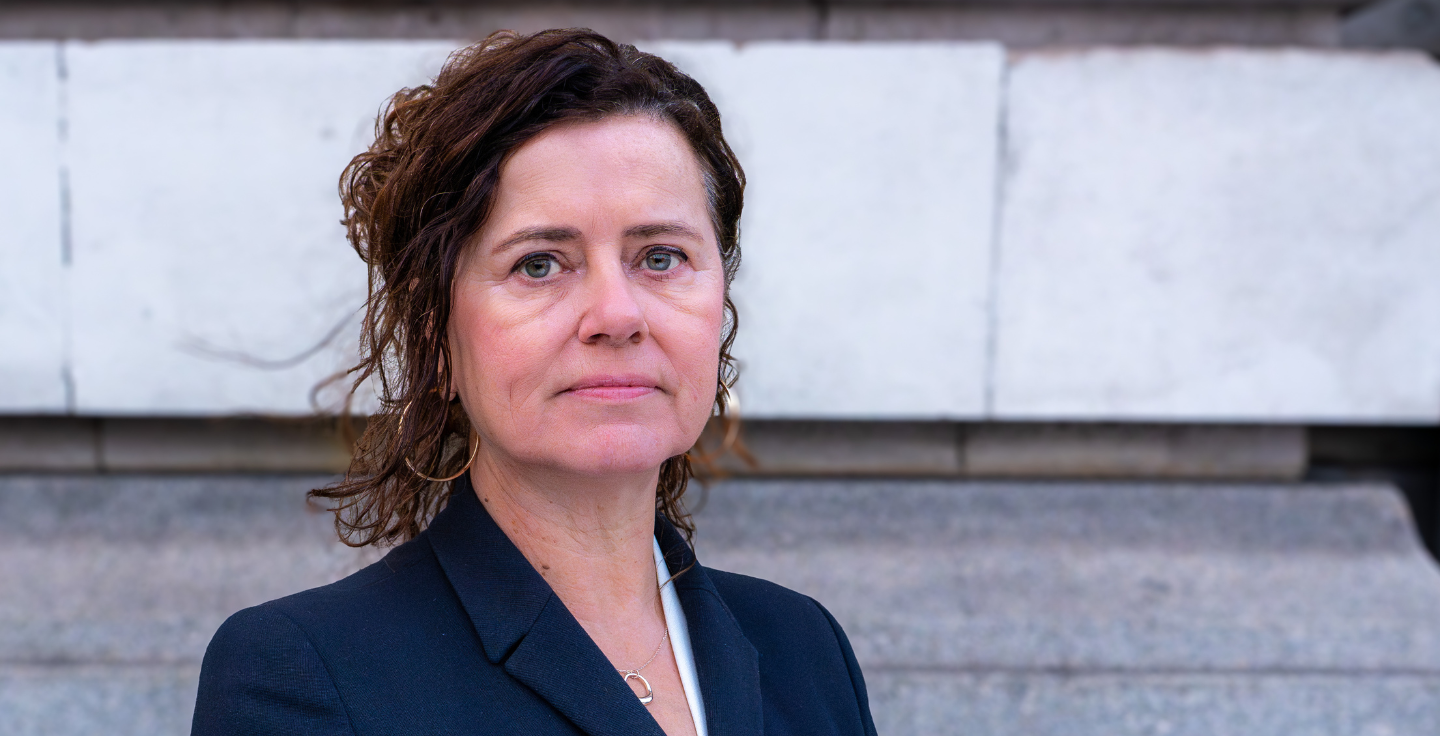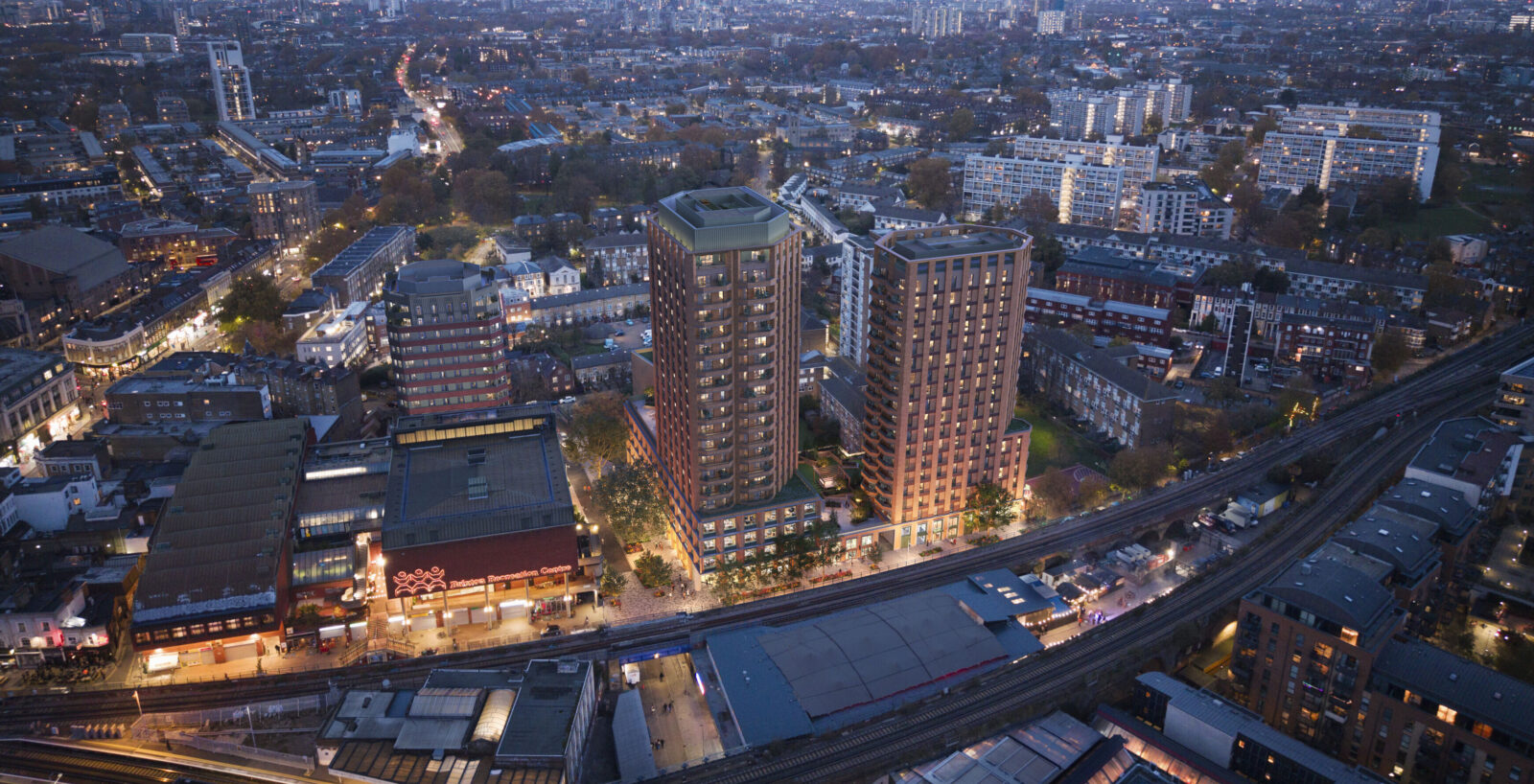
The borough’s five trial Low Traffic Neighbourhoods are in place to reduce road danger, enable sustainable and active transport options and improve air quality. They are all currently in a trial period under Experimental Traffic Orders and could be made permanent, subject to consultation.
The Railton and Oval to Stockwell Low Traffic Neighbourhoods are the first two schemes to be consulted on from Monday 6 September. Three other Low Traffic Neighbourhoods – in Tulse Hill, Streatham Hill and Ferndale – will follow the same public consultation process over the coming months.
Low Traffic Neighbourhoods were first identified as one of the steps needed to reduce traffic and tackle climate change in Lambeth’s long term Transport Strategy, published in 2019. They were then introduced more quickly than originally planned because of the impacts of the Covid-19 crisis.
Cllr Danny Adilypour, joint Cabinet Member for Sustainable Transport, Environment & Clean Air, said: “Measures to make our streets safer and enable sustainable ways of getting around such as walking and cycling continue to provoke debate in Lambeth, and elsewhere across the country where they’ve been introduced.
“We know that to tackle some of the biggest issues facing us as Londoners, such as climate change and London’s air quality crisis, we are all going to have to change the way we live our lives. That is why measures such as low traffic neighbourhoods and healthy routes were included in our ambitious Transport Strategy that we adopted in 2019.
“However, we are also acutely aware that for some, having access to a car is essential to their health and wellbeing. This was reinforced in the recommendations from Lambeth’s Citizens Assembly on the climate crisis, where a broadly representative group of Lambeth residents recommended that transport measures introduced need to be just and not unnecessarily adversely impact protected groups.
“We know people are incredibly passionate about their neighbourhoods, and we are keen to hear local people’s views and experiences of the schemes to inform what happens next.
“We have been consistently listening and engaging with our residents, businesses and community groups on the schemes since their introduction and have taken feedback and made updates as they’ve progressed. One outcome of those conversations is a proposal for new exemptions to the Low Traffic Neighbourhoods that will cover Blue Badge holders.
“We are also working with the NHS to identify which of their services may need an exemption, and have separate proposals for taxis and fully accessible private hire vehicles to be able to travel through bus gates. This is in addition to the exemptions already in place covering public services, such as emergency vehicles, buses and bin lorries.
“We want local residents to continue working with us and contributing to the discussions, because as a council we believe our Low Traffic Neighbourhoods help us collectively to build a better street environment that tackles the climate crisis and where cycling, walking, using a wheelchair, rollerblading or any other active mode of travel feel like comfortable and viable options for getting around your local area.”
The council is continually monitoring feedback on the borough’s Low Traffic Neighbourhoods, including our equalities analysis, and will progress with the proposed exemptions based on the feedback received during public consultation.



